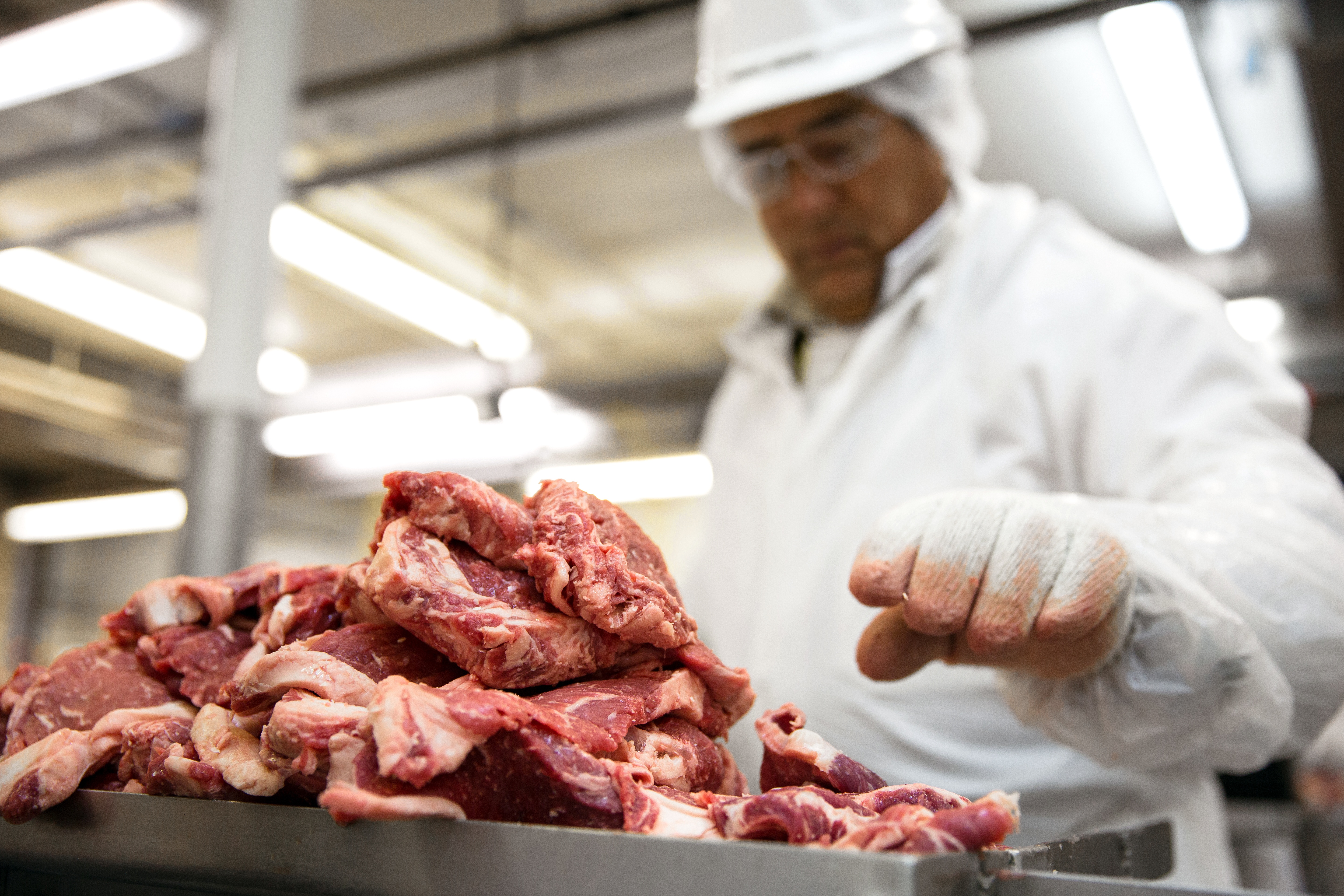Metal detectors will reduce the risk of foreign contamination in your plant, but where is the best place to locate them?
We take a closer look at one of the most important pieces of quality assurance equipment in your plant, and how to maximise their effectiveness.
Why are metal detectors used in food processing plants?
Metal detectors are one of the most effective ways to protect consumers from eating food that has been contaminated with foreign particles. Metal is the number one foreign contaminant in the food industry, and comes from items such as loose bolts and screws, machine parts, metal pieces such as staples, metal tags, screen wire and blades.
Detectors can determine the presence of a variety of metal contaminants that are ferrous, non-ferrous or stainless steel, rejecting the contaminated food before it leaves the processing plant and enters the wider food supply chain. Metal detectors also protect machinery, because even small fragments of metal can lead to machinery failure, expensive repairs and production downtimes.
Where are the best places to install them?
A range of metal detectors can be installed in every step of the production process and can be used for many different food product types, including bread and bakery products, meat, fruit, vegetables, dairy products, spices and sugar. When used for machinery protection, the metal detector is installed directly before the machine to be protected.
When consumer protection is the goal, several inspection points are recommended. Inspecting raw material is advantageous because metal particles can be separated before they are broken up into smaller pieces, which are harder to detect. Inspections at critical control points are also recommended in order to detect machinery failures, as is a final inspection before the end product is dispatched.
There are three potential places for the installation of metal detectors:
- Start of the line: For products that come in contact with metal tags, knife blades or twist ties, the start of the line can protect plant equipment. However, if this is the only metal detector in use there is potential for contamination later in the production process.
- End of the line: Many plants prefer this placement as a final check point, before any product leaves the plant and is sent to the consumer. This can be a good option if the final product is not too large or too dense, because that could impact on the metal detector’s degree of sensitivity.
- At critical points in the line: Metal detectors can also be placed at key areas along the line which the plant has identified as a critical control point for the product, or to protect equipment that could be damaged by metal. Placement of in-line detectors will depend on the specific set-up of individual plants
What size metal detectors do you need?
The size of the metal detector you will need is determined by a number of factors, including the placement in the line, the size of the packaging that passes through the aperture and the desired sensitivity. Sensitivity is key, and should be one of the primary considerations when selecting the metal detector that is going to be the most effective choice for your plant.
The size of the metal particles that can be detected by the detector is determined by aperture size, the packaging structure and the make-up of the finished product. The smaller the opening, the better – however, maintaining flexibility within the packing line is essential. A typical acceptable sensitivity would be 1.0mm ferrous, 1.5mm stainless steel and 2.0mm non-ferrous particle size.
In summary, the placement and number of metal detectors will depend on the unique configuration of your plant and the make-up of the products your plant produces. Whether they be at the start or end of the line - or at critical points in between – the presence of metal detectors are proven to reduce the risk of contamination in your plant.
Does your company have metal detectables within your production line? If not, find out why you need it!







